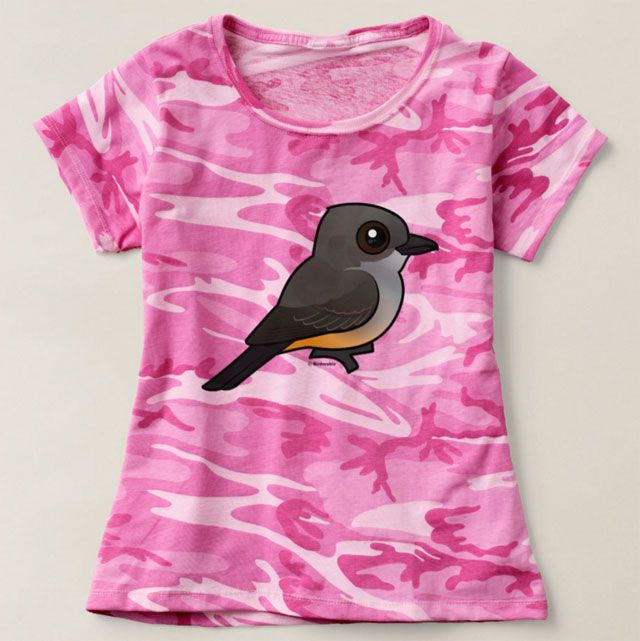T-Shirt Tuesday: Say's Phoebe
The Say's Phoebe is a medium-sized flycatcher found in western parts of North America. Most birds are migratory, though some birds in the southern part of the range are year-round residents. The Say's Phoebe is the northern-most breeding flycatcher in the New World. The bird is shown here on a Women's Camouflage T-Shirt, which has a ribbed crew neck, double-needle hemmed sleeves and bottom and comes in sizes S to 2XL. The design is available on many different t-shirt styles and other products. This is our totally cute Birdorable Say's Phoebe








Comments
Leave a comment
Thank you!